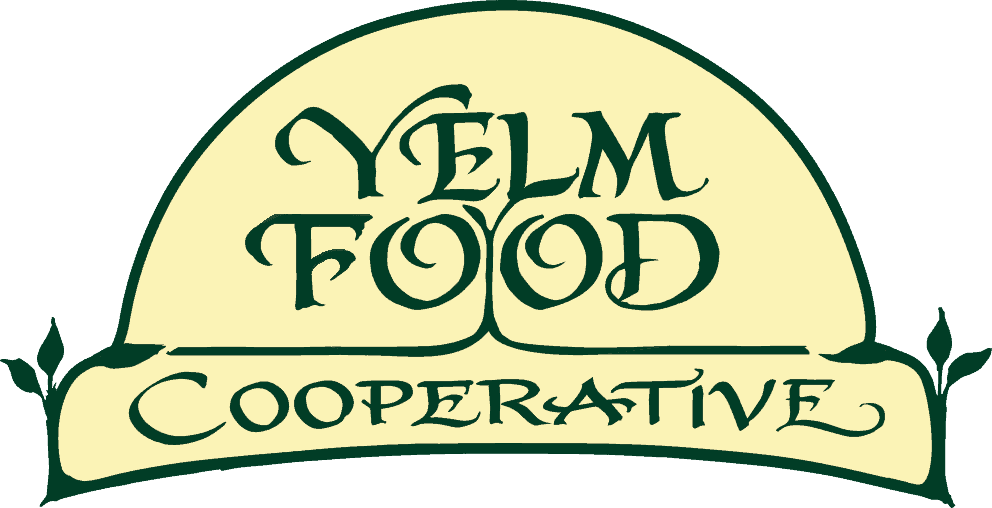
By Michelle Scheeland
An Insight into Enriched and Fortified Food
During the summer of 2000 while attending Early Childhood Development courses at my local community college I learned that “fortified and/or enriched” flour was added to bread to help prevent neural tube defects (NTD’s), and spina bifida in newborns, as well as other folate deficiency related health issues in children and adults and I rejoiced. This was reaffirmed in 2004 during an accredited certification program for nutrition. Then, in 2020 I found out I have methylenetetrahydrofolate reductase, MTHFR, gene mutations and cannot process folic acid well. This changed my life because at the time I had been actively struggling with a few autoimmune diseases. Learning the information about my genetic background sent me on a very informative, incredibly disturbing journey back into nutrition and how insidious fortification and enrichment with folic acid can be, despite good intentions.
Before we go there, what does folate do for you? Folate, also referred to as vitamin B9, is needed for the methionine cycle. Methionine is an amino acid. Amino acids are the building blocks of proteins and proteins are the building blocks of life. Missing or not having enough of one amino acid means a lot can go ary in your life because nothing in your body has only one purpose. Folate is essential for the synthesis of DNA so without enough, you cannot heal properly. It is also necessary for detoxification on a cellular level. Lastly, folate is essential for neurotransmitters like serotonin and dopamine; and, is vital for normal nervous system development. Hence, folic acid and folate have been supplemented to prevent NTDs.
Folic acid is a cheaper, synthetic variation of folate, so it is not found in nature. Folate and folic acid are chemically similar but they are not the same. Folic acid needs more help from liver enzymes to become usable in the body. Someone who has an MTHFR mutation(s) has a reduced enzyme capacity and cannot metabolize folic acid sufficiently. What most people don’t know is it has been estimated that up to 60% of us may have at least one of these genetic mutations. But, what if I don’t have the mutation? Why should I care?
Given Folic Acid needs extra help being converted, unmetabolized folic acid (UMFA) is being found in our blood. Studies are showing elevated levels of UMFA in umbilical cords well over what is considered safe and this may be correlated with the development of disorders ranging from Autism to immune system dysfunction. UMFA is also known to mask B-12 deficiency which can cause neurological disorders and it may increase one’s risk for developing cancer. Further, UMFA can vie for receptor space making it difficult for natural folate to absorb and be used in the body. It is important to note here that one cannot consume too much natural folate, but according to Harvard, an adult should not consume more than 1,000 mcgs of folic acid a day.
The Food and Drug Administration (FDA) states that your average adult (who is not pregnant or lactating) should get 400 micrograms (mcg) of Folate or Folic Acid a day. According to the NIH, children under 14 have a recommended daily intake (RDI) of folate or folic acid ranging between 150 mcg to 300 mcg depending on age. However, many processed foods, to include foods that seem child-friendly such as cereals, are fortified using adult nutrition requirements. This means the daily value percentage for recommended nutrients does not apply the same for a child as it does for an adult. That 20% daily recommendation of folate becomes over 50% for a three-year-old and just over 26% for an eight-year-old. Further, while many enriched cereals contain 80 mcg of “folate”, 45 mcg of that 80 total is often listed as being folic acid; and, not all cereals fortify the same. How many children or adults pour themselves more than one cup of cereal? How many children or adults have seconds? Then we add enriched flour, enriched bread, pasta, granola, crackers, snack bars, and so on for a potentially giant daily overdose of folic acid in our children, possibly wreaking all kinds of havoc in their little bodies and yours. Especially if they, or you, have an MTHFR mutation.
I am not a doctor and I am not here to tell anyone what to do. The truth is, too much of anything is still too much and everything has its price, even if we don’t see what that price is at first. How we eat will affect our future. What we feed our children now will affect their future. As for me, I am over a year into non-medication mediated remission from my autoimmune disorders and it all began with learning the difference between folic acid and folate.
What are Enriched and/or Fortified Foods
When browsing the baking aisle we will often see the term, enriched or fortified flour. What does this mean and are they the same? The simple answer is they are different terms used to express that nutrients have been added to a processed food product. During processing, bleaching, refining and so forth, nutrients from wheat are lost. Therefore, companies will often replace the lost nutrients by enriching the product with their synthetic versions. The fortification process, on the other hand, does not replace lost nutrients, it adds nutrients to foods that were not there naturally such as vitamin D to milk or orange juice. Therefore, foods can both be enriched and fortified.
Article related links –
https://academic.oup.com/
https://www.ncbi.nlm.nih.gov/
https://www.ncbi.nlm.nih.gov/
https://ods.od.nih.gov/
Folate (Folic Acid) – Vitamin B9 | The Nutrition Source | Harvard T.H. Chan School of Public Health




















